Morocco

Morocco (/məˈrɒkoʊ/ (About this sound listen); Arabic: المَغرِب, translit. al-maġrib, lit. 'place the sun sets; the west'; Standard Moroccan Tamazight: ⵍⵎⵖⵔⵉⴱ, translit. Lmeɣrib; French: Maroc), officially known as the Kingdom of Morocco (Arabic: المملكة المغربية, translit. al-Mamlakah al-Maghribiyah, lit. "The Western Kingdom"; Standard Moroccan Tamazight: ⵜⴰⴳⵍⴷⵉⵜ ⵏ ⵍⵎⵖⵔⵉⴱ, translit. Tageldit n Lmaɣrib), is a sovereign country located in the Maghreb region of North Africa. Geographically, Morocco is characterised by a rugged mountainous interior, large tracts of desert and a lengthy coastline along the Atlantic Ocean and Mediterranean Sea.
Morocco has a population of over 33.8 million and an area of 446,550 km2 (172,410 sq mi). Its capital is Rabat, and the largest city is Casablanca. Other major cities include Marrakesh, Tangier, Salé, Fes, and Meknes. A historically prominent regional power, Morocco has a history of independence not shared by its neighbours. Since the foundation of the first Moroccan state by Idris I in 789, the country has been ruled by a series of independent dynasties, reaching its zenith under the Almoravid and Almohad dynasty, spanning parts of Iberia and Northwestern Africa. Marinid and Saadi dynasties continued the struggle against foreign domination, and Morocco remained the only North African country to avoid Ottoman occupation. The Alaouite dynasty, the current ruling dynasty, seized power in 1666. In 1912 Morocco was divided into French and Spanish protectorates, with an international zone in Tangier, and regained its independence in 1956. Moroccan culture is a blend of Arab, indigenous Berber, Sub-Saharan African, and European influences.
Anthem:
النشيد الوطني المغربي (Arabic)
ⵉⵣⵍⵉ ⴰⵏⴰⵎⵓⵔ ⵏ ⵍⵎⵖⵔⵉⴱ (Berber)
Geography
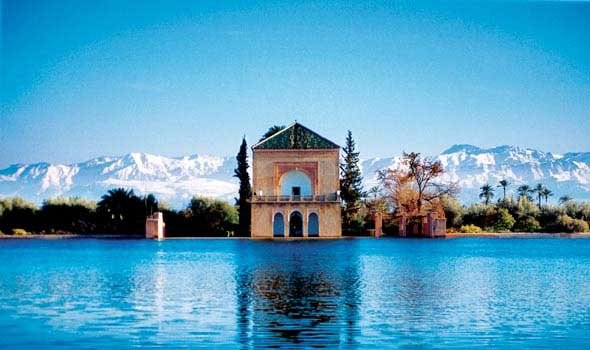
Morocco has a coast by the Atlantic Ocean that reaches past the Strait of Gibraltar into the Mediterranean Sea. It is bordered by Spain to the north (a water border through the Strait and land borders with three small Spanish-controlled exclaves, Ceuta, Melilla, and Peñón de Vélez de la Gomera), Algeria to the east, and Western Sahara to the south. Since Morocco controls most of Western Sahara, its de facto southern boundary is with Mauritania.
The internationally recognised borders of the country lie between latitudes 27° and 36°N, and longitudes 1° and 14°W. Adding Western Sahara, Morocco lies mostly between 21° and 36°N, and 1° and 17°W (the Ras Nouadhibou peninsula is slightly south of 21° and west of 17°).
The geography of Morocco spans from the Atlantic Ocean, to mountainous areas, to the Sahara desert. Morocco is a Northern African country, bordering the North Atlantic Ocean and the Mediterranean Sea, between Algeria and the annexed Western Sahara. It is one of only three nations (along with Spain and France) to have both Atlantic and Mediterranean coastlines.
A large part of Morocco is mountainous. The Atlas Mountains are located mainly in the centre and the south of the country. The Rif Mountains are located in the north of the country. Both ranges are mainly inhabited by the Berber people. At 446,550 km2 (172,414 sq mi), Morocco is the fifty-seventh largest country in the world. Algeria borders Morocco to the east and southeast, though the border between the two countries has been closed since 1994.
Spanish territory in North Africa neighbouring Morocco comprises five enclaves on the Mediterranean coast: Ceuta, Melilla, Peñón de Vélez de la Gomera, Peñón de Alhucemas, the Chafarinas islands, and the disputed islet Perejil. Off the Atlantic coast the Canary Islands belong to Spain, whereas Madeira to the north is Portuguese. To the north, Morocco is bordered by the Strait of Gibraltar, where international shipping has unimpeded transit passage between the Atlantic and Mediterranean.
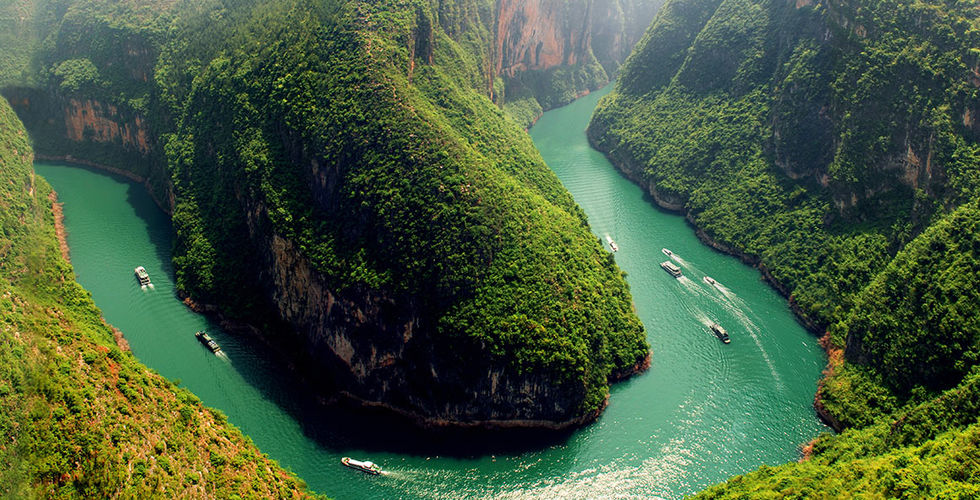
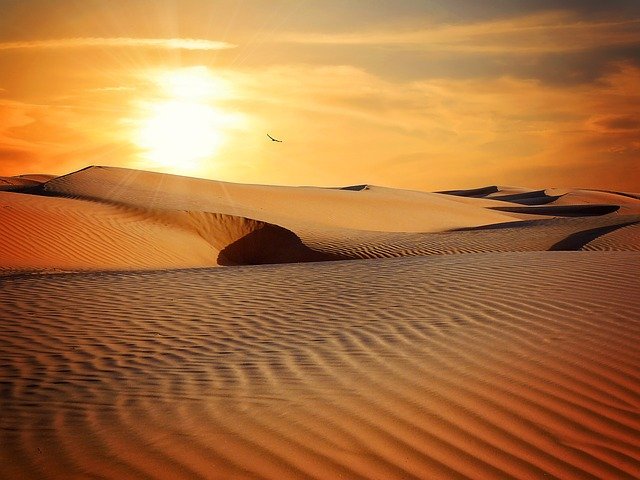
Politics

Morocco was an authoritarian regime according to the Democracy Index of 2014. The Freedom of the Press 2014 report gave it a rating of "Not Free".
Following the March 1998 elections, a coalition government headed by opposition socialist leader Abderrahmane Youssoufi and composed largely of ministers drawn from opposition parties, was formed. Prime Minister Youssoufi's government was the first ever government drawn primarily from opposition parties, and also represents the first opportunity for a coalition of socialists, left-of-centre, and nationalist parties to be included in the government until October 2002. It was also the first time in the modern political history of the Arab world that the opposition assumed power following an election.[citation needed] The current government is headed by Abdelilah Benkirane.
The Moroccan Constitution provides for a monarchy with a Parliament and an independent judiciary. With the 2011 constitutional reforms, the King of Morocco retains less executive powers whereas those of the prime minister have been enlarged.[61][62]
The constitution grants the king honorific powers; he is both the secular political leader and the "Commander of the Faithful" as a direct descendant of the Prophet Mohammed. He presides over the Council of Ministers; appoints the Prime Minister from the political party that has won the most seats in the parliamentary elections, and on recommendations from the latter, appoints the members of the government.
The previous constitution of 1996 theoretically allowed the king to terminate the tenure of any minister, and after consultation with the heads of the higher and lower Assemblies, to dissolve the Parliament, suspend the constitution, call for new elections, or rule by decree, the only time this happened was in 1965. The King is formally the commander-in-chief of the armed forces.
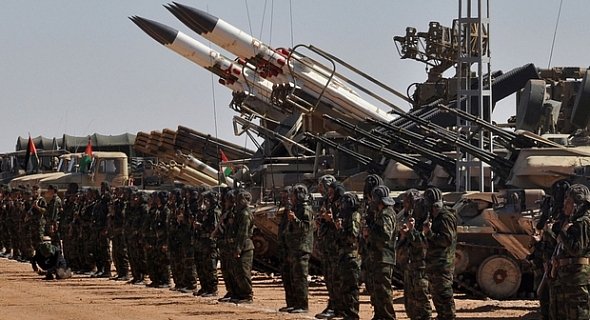
Energy
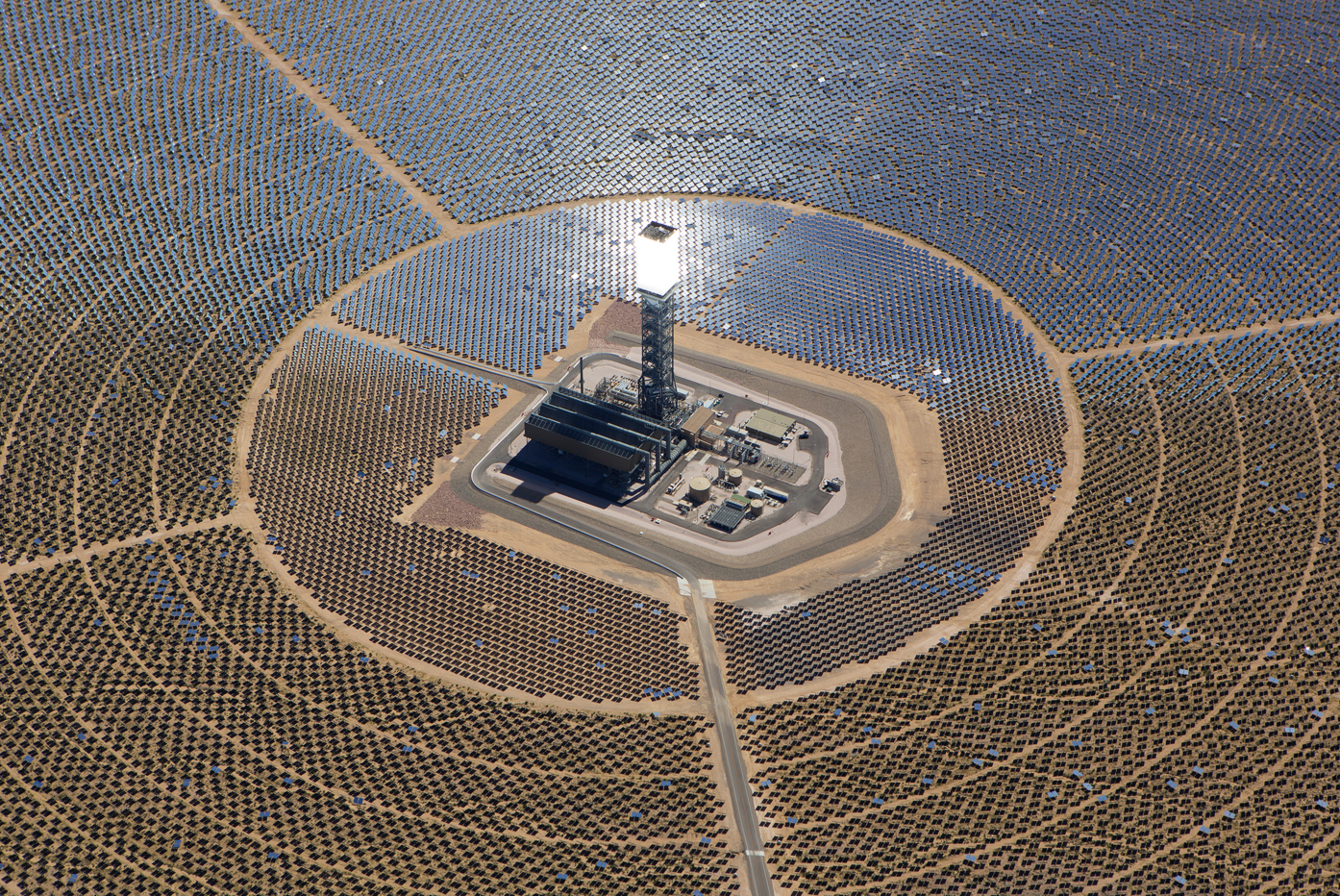
![s2.reutersmedia.jpg]
(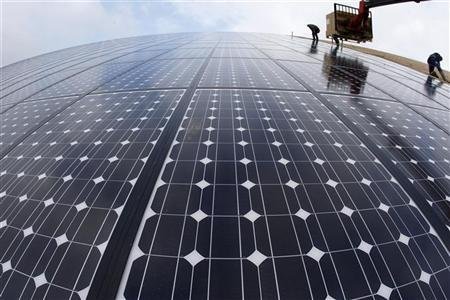 )
)
EnergyIn 2008, about 56% of Morocco's electricity supply was provided by coal.[93] However, as forecasts indicate that energy requirements in Morocco will rise 6% per year between 2012 and 2050,[94] a new law passed encouraging Moroccans to look for ways to diversify the energy supply, including more renewable resources. The Moroccan government has launched a project to build a solar thermal energy power plant[95] and is also looking into the use of natural gas as a potential source of revenue for Morocco's government.[94]
Morocco has embarked upon the construction of large solar energy farms to lessen dependence on fossil fuels, and to eventually export electricity to Europe.[96]
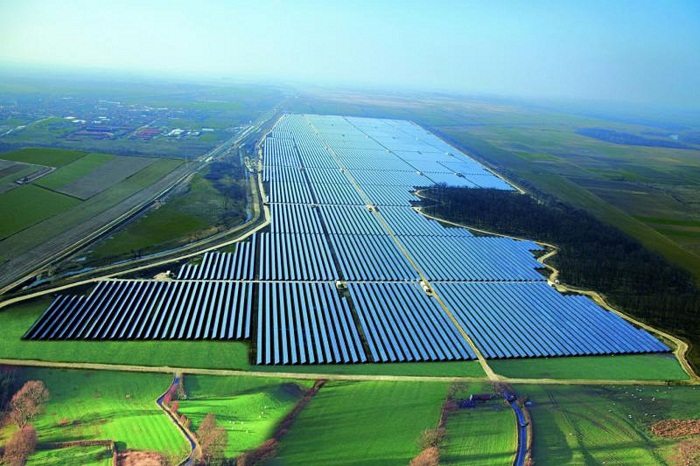
music
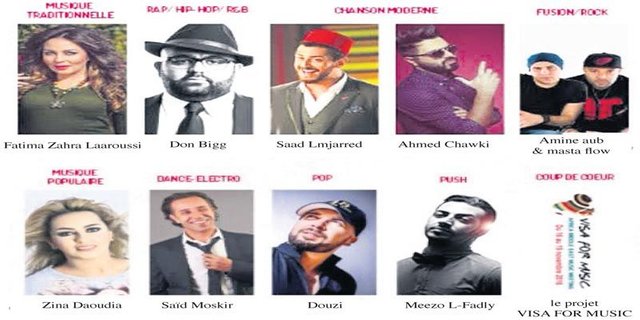
Rap
MR CRAZY - ROUTINE #3 // [Mixtape - Valide]
7LIWA - LA FAFA ft. LAIOUNG x ISI NOICE x A6 GANG #WF8 [Prod. Laioung]
Lbenj - La Trace
Dizzy DROS - Sality Wla Ba91
 )
)
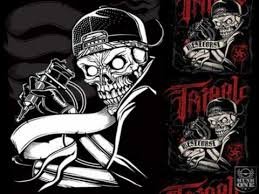
sports
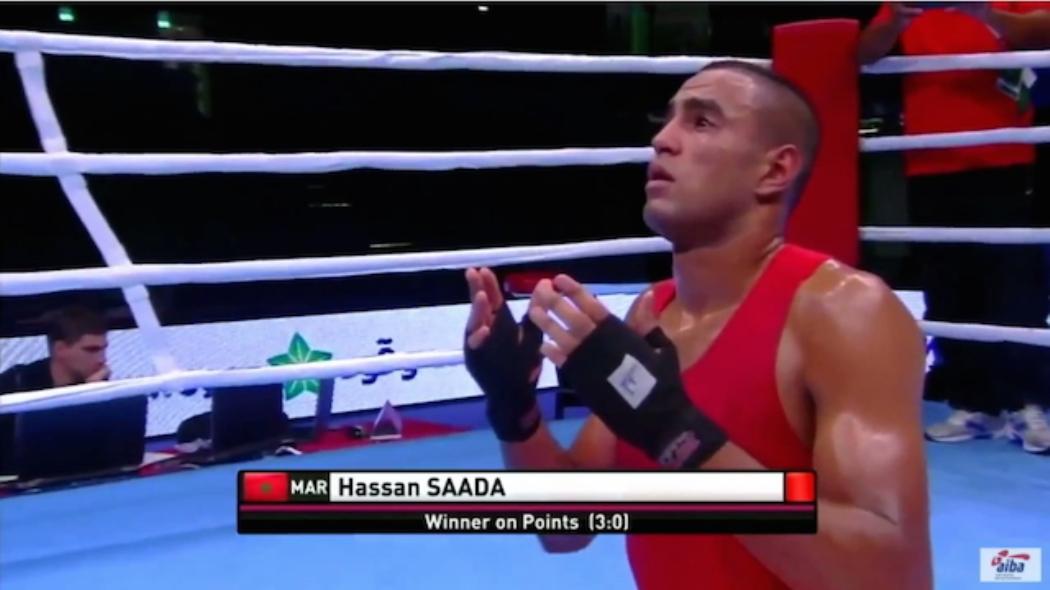
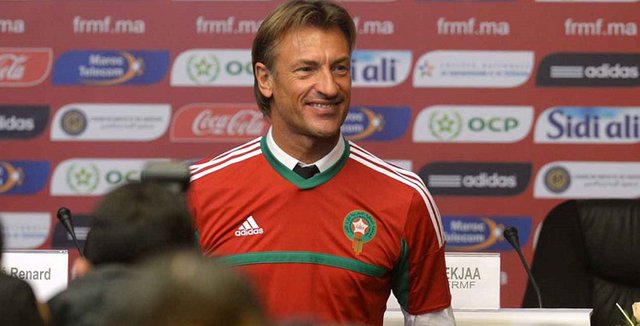
Football is the country's most popular sport, popular among the urban youth in particular. In 1986, Morocco became the first Arab and African country to qualify for the second round of the FIFA World Cup. Morocco was originally scheduled to host the 2015 Africa Cup of Nations,[149] but refused to host the tournament on the scheduled dates because of fears over the ebola outbreak on the continent.[150]
At the 1984 Olympic Games, two Moroccans won gold medals in track and field. Nawal El Moutawakel won in the 400 metres hurdles; she was the first woman from an Arab or Islamic country to win an Olympic gold medal. Saïd Aouita won the 5000 metres at the same games. Hicham El Guerrouj won gold medals for Morocco at the 2004 Summer Olympics in the 1500 metres and 5000 metres and holds several world records in the mile run.
Spectator sports in Morocco traditionally centered on the art of horsemanship until European sports—football, polo, swimming, and tennis—were introduced at the end of the 19th century. Tennis and golf have become popular.[citation needed] Several Moroccan professional players have competed in international competition, and the country fielded its first Davis Cup team in 1999. Rugby came to Morocco in the early 20th century, mainly by the French who occupied the country.[151] As a result, Moroccan rugby was tied to the fortunes of France, during the first and second World War, with many Moroccan players going away to fight.[151] Like many other Maghreb nations, Moroccan rugby tended to look to Europe for inspiration, rather than to the rest of Africa.
Kickboxing is also popular in Morocco.[citation needed] The Dutch Badr Hari, heavyweight kickboxer and martial artist, is a former K-1 heavyweight champion and K-1 World Grand Prix 2008 and 2009 finalist.[citation needed]
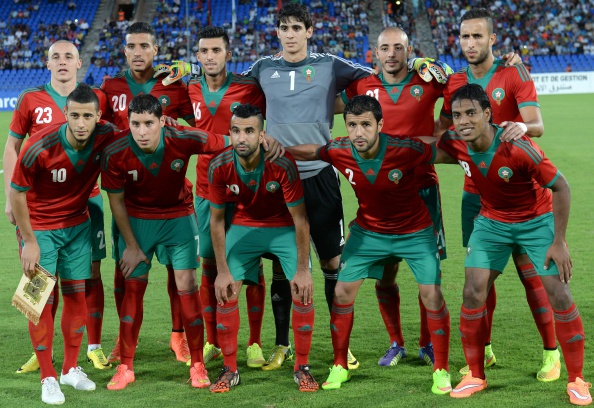
moroccan stadiums
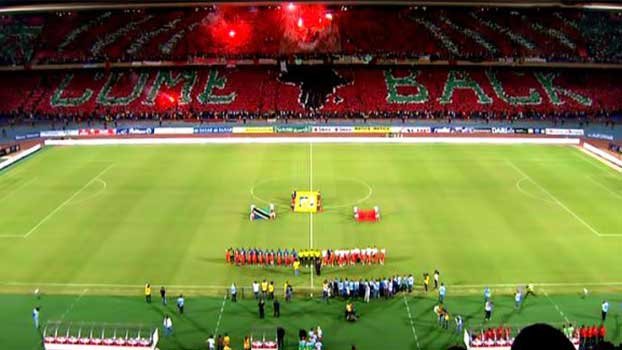

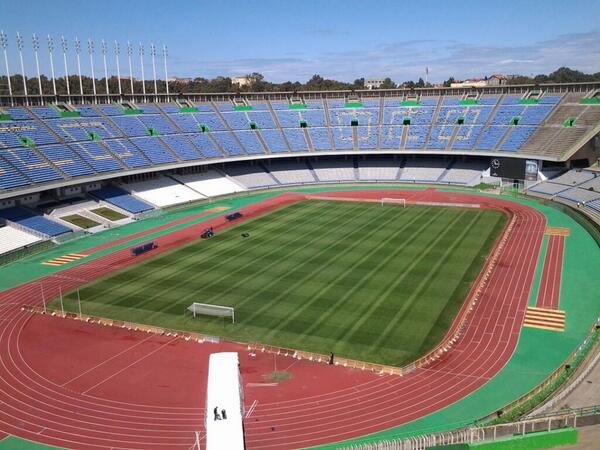
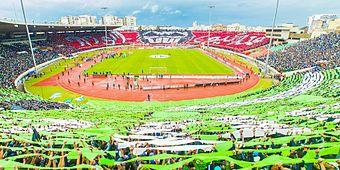
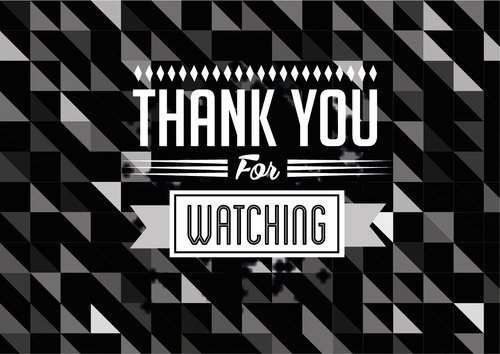
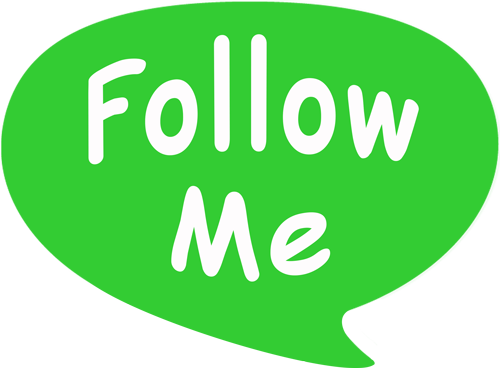
bravo @tisko
Downvoting a post can decrease pending rewards and make it less visible. Common reasons:
Submit
aregato
thank you
merci
chokran
tanmirt
Downvoting a post can decrease pending rewards and make it less visible. Common reasons:
Submit
Hi! I am a robot. I just upvoted you! I found similar content that readers might be interested in:
https://broom02.revolvy.com/topic/Morocco&item_type=topic
Downvoting a post can decrease pending rewards and make it less visible. Common reasons:
Submit
Congratulations @tisko! You have completed some achievement on Steemit and have been rewarded with new badge(s) :
Click on any badge to view your own Board of Honor on SteemitBoard.
For more information about SteemitBoard, click here
If you no longer want to receive notifications, reply to this comment with the word
STOPDownvoting a post can decrease pending rewards and make it less visible. Common reasons:
Submit